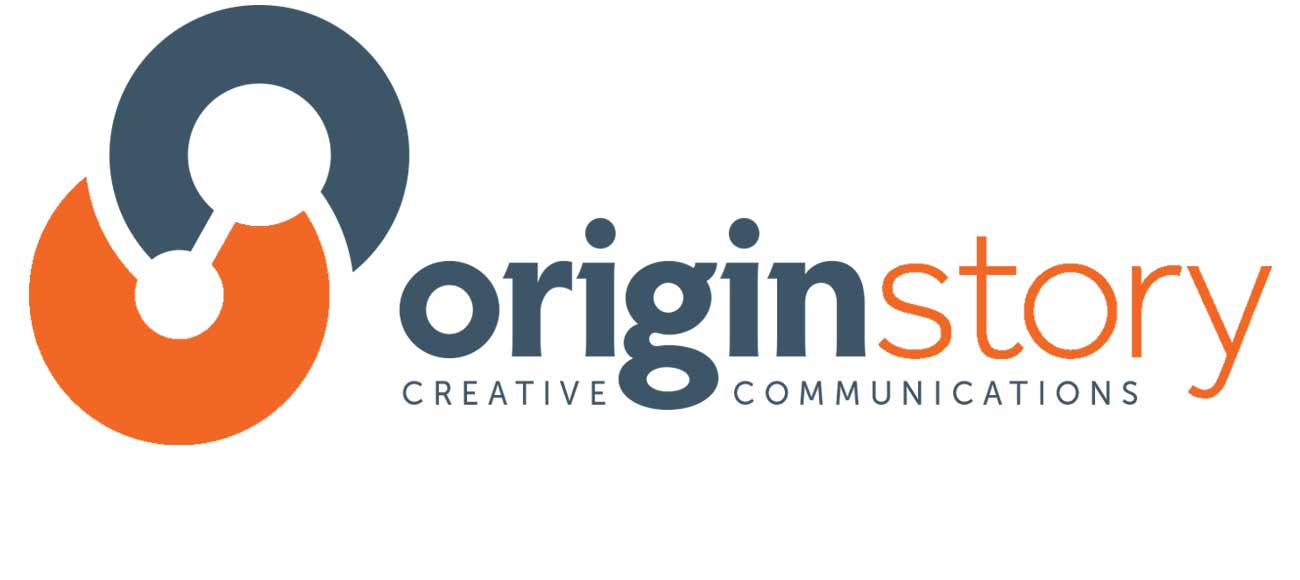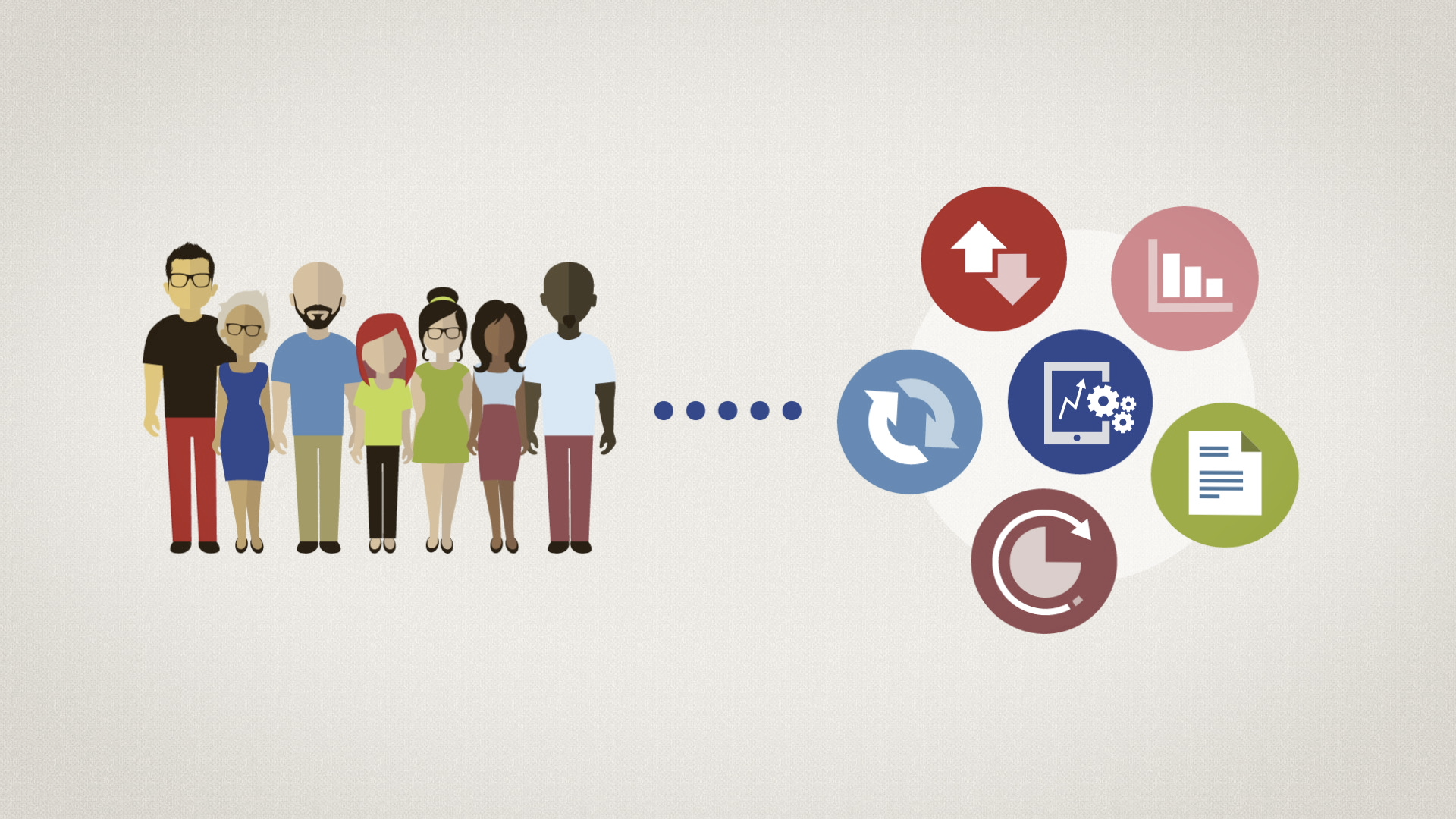Leveraging Motion Graphics
/Often when I speak with clients about producing video, there’s a lot of emphasis on the narrative of the message. Much of the intense focus and back and forth is about what’s going to be heard, either from voiceover or by interviews from subject matter experts. That's all well and good except little thought is given as to what we’re going to SHOW in the video. That’s where I often recommend motion graphics as a solution.
Let’s look at how you can leverage motion graphics as a problem solver for your video content.
A Relationship Builder
Right now there's a big trend to use motion graphics in “explainer” videos. You’ve probably seen them before, but you might not have drawn the connection that you too can use an explainer in your organization to push your messages. Their power is the ability to show relationships between various concepts. An organization's messaging is often about how the stakeholder needs to connect with your brand, and there’s no substitute for visually showing that relationship.
In my mind, explainer videos, or motion infographics, solve the relational problem that I as a content creator often face: visualize content without shooting any video footage. Production is expensive and sometimes completely impractical for many reasons. Don’t think that just because you can’t do (or afford) a shoot, you can’t produce successful video. In addition, not all content is inherently visual, and we’ve all seen endless videos filled with stock footage and close-ups of computer screens while we listen to long-winded narration.
Explainer videos are perfect for simplifying a complex process, recreating a situation impossible to film, and providing clarity by using icons or illustrations to represent ideas. Showing those various pieces interacting allows the audience to understand their relationship and how it directly connects with your brand.
Adaptable Style
Motion graphics is incredibly versatile. You can pretty much go in any direction that serves the message. You might follow your organization’s pre-established identity as a look for your video, or you can go in a completely new visual direction.
What’s important to keep in mind when producing motion graphics is that unlike still design, motion graphics adds the dimension of time. That freedom allows what’s presented on screen to change. It’s not a series of still images (as with traditional infographics), but movement of objects over time. That progress is where relationships between the concept and the visuals gains its power. However you choose to illustrate your process, remember that there’s a multitude of stylistic approaches that can solve your creative problem. There’s never just one solution.
Here’s two examples of some different styles of motion graphics:
Design for Distribution
When thinking about how best you can use motion graphics in your video content, consider where your content is going to be seen. Motion graphics often works well when posted to social feeds because the colors and design elements generally pop and stand-out, helping promote engagement.
Motion graphics often allows a video to work without sound since it’s very visual, so consider this approach when your distribution does not have sound or sound is disabled by default (like Facebook). If you know your distribution outlet won’t have sound, construct your story around on-screen text that support the visuals.
Always keep in mind that you want your motion graphics to support your brand and its message. Think about your organization’s presence, especially online, and how motion graphics can complement your brand and engage your audience.
Let's Make Motion
Remember, motion graphics is a tool for solving creative challenges. It’s a great way to create content that’s eye-catching, relationship-driven, and reinforces your brand. Consider how it will add a level of sophistication and clarity to your brand. You don’t always need video footage to tell a story.



